Md. Enamul Haque
Classification of Human Monkeypox Disease Using Deep Learning Models and Attention Mechanisms
Nov 21, 2022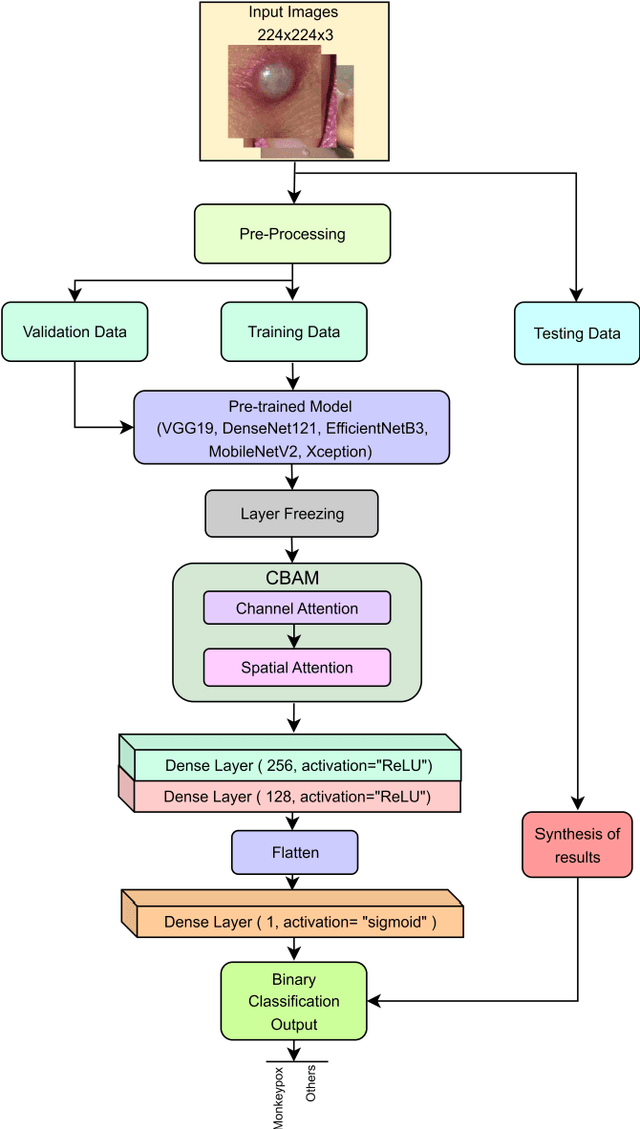

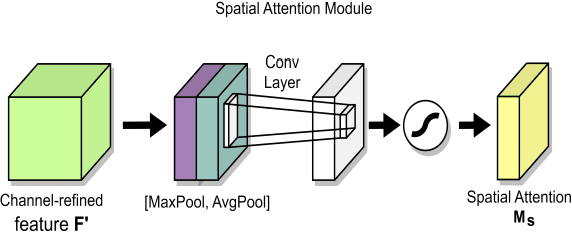
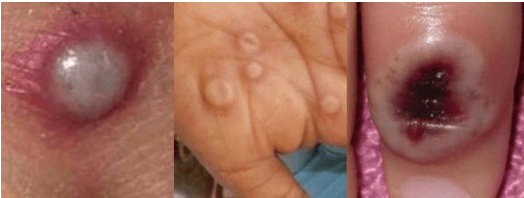
Abstract:As the world is still trying to rebuild from the destruction caused by the widespread reach of the COVID-19 virus, and the recent alarming surge of human monkeypox disease outbreaks in numerous countries threatens to become a new global pandemic too. Human monkeypox disease syndromes are quite similar to chickenpox, and measles classic symptoms, with very intricate differences such as skin blisters, which come in diverse forms. Various deep-learning methods have shown promising performances in the image-based diagnosis of COVID-19, tumor cell, and skin disease classification tasks. In this paper, we try to integrate deep transfer-learning-based methods, along with a convolutional block attention module (CBAM), to focus on the relevant portion of the feature maps to conduct an image-based classification of human monkeypox disease. We implement five deep-learning models, VGG19, Xception, DenseNet121, EfficientNetB3, and MobileNetV2, along with integrated channel and spatial attention mechanisms, and perform a comparative analysis among them. An architecture consisting of Xception-CBAM-Dense layers performed better than the other models at classifying human monkeypox and other diseases with a validation accuracy of 83.89%.
GPU Accelerated Fractal Image Compression for Medical Imaging in Parallel Computing Platform
Apr 03, 2014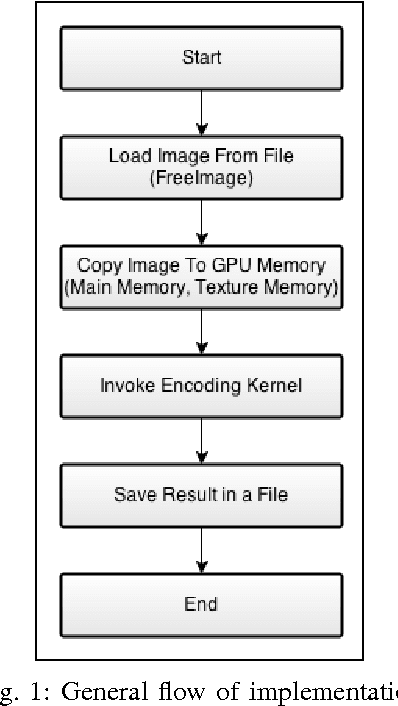
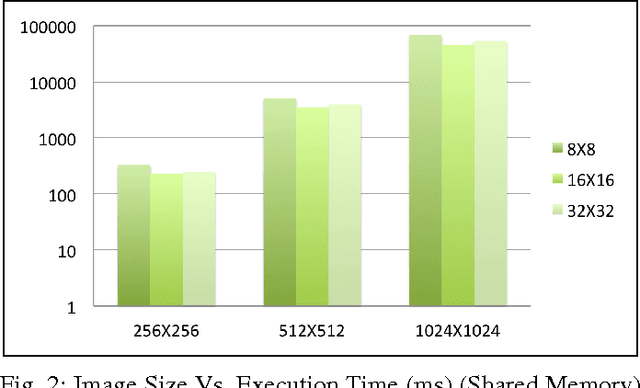
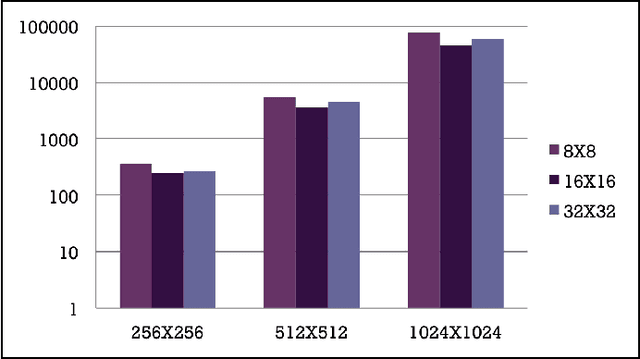
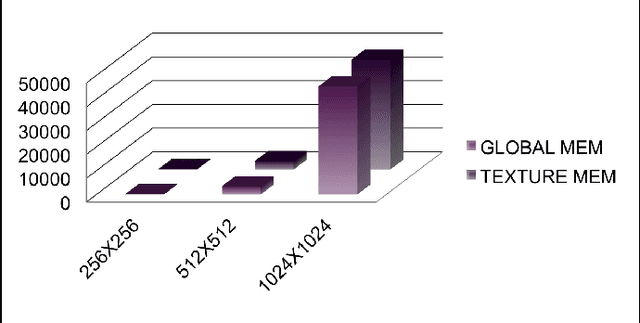
Abstract:In this paper, we implemented both sequential and parallel version of fractal image compression algorithms using CUDA (Compute Unified Device Architecture) programming model for parallelizing the program in Graphics Processing Unit for medical images, as they are highly similar within the image itself. There are several improvement in the implementation of the algorithm as well. Fractal image compression is based on the self similarity of an image, meaning an image having similarity in majority of the regions. We take this opportunity to implement the compression algorithm and monitor the effect of it using both parallel and sequential implementation. Fractal compression has the property of high compression rate and the dimensionless scheme. Compression scheme for fractal image is of two kind, one is encoding and another is decoding. Encoding is very much computational expensive. On the other hand decoding is less computational. The application of fractal compression to medical images would allow obtaining much higher compression ratios. While the fractal magnification an inseparable feature of the fractal compression would be very useful in presenting the reconstructed image in a highly readable form. However, like all irreversible methods, the fractal compression is connected with the problem of information loss, which is especially troublesome in the medical imaging. A very time consuming encoding pro- cess, which can last even several hours, is another bothersome drawback of the fractal compression.
 Add to Chrome
Add to Chrome Add to Firefox
Add to Firefox Add to Edge
Add to Edge